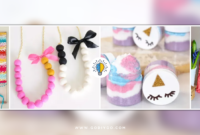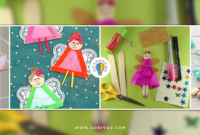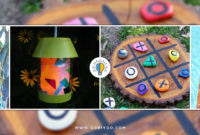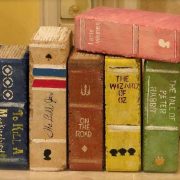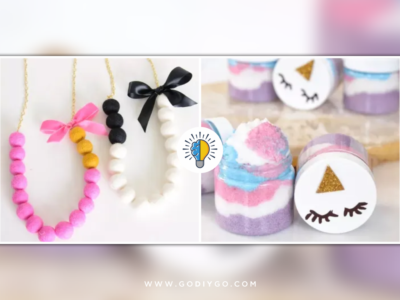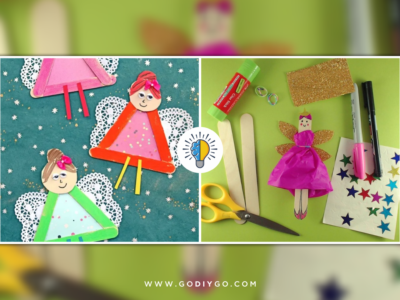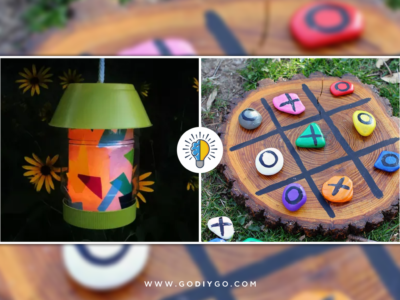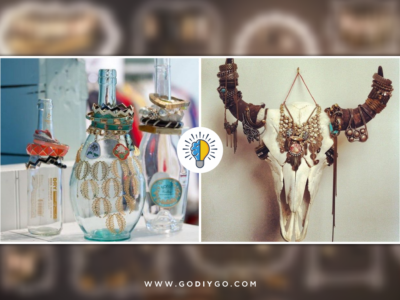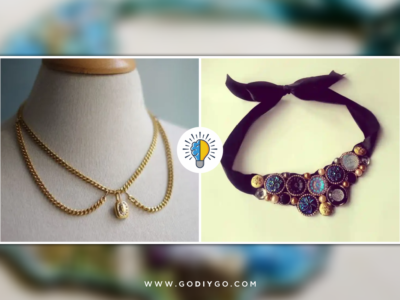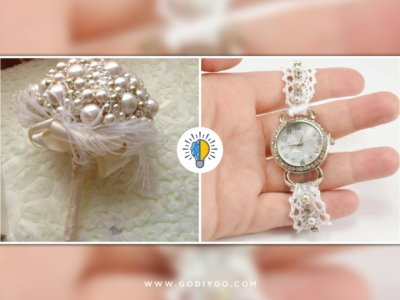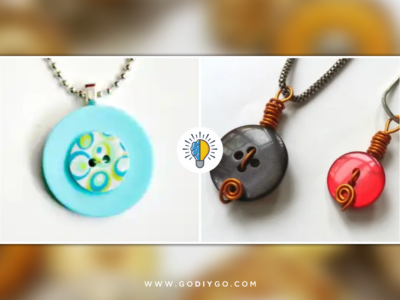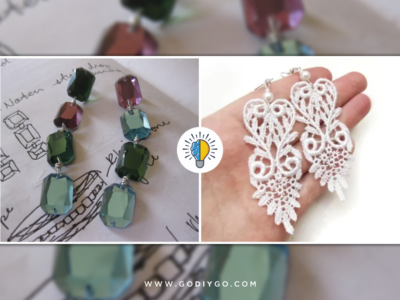If you are looking to start a business, the capital is one of your greatest concerns. You need to strike a balance between driving down the cost and making sure you have invested in the right tools to put you in a position to succeed.
The dilemma, therefore, begs the question: What type of jewellery making tools should you buy when you are just starting your business?
Starting Your Workshop
Once you have assigned a room as your workshop, the next step is to collect the tools.
One of the essential parts of your workshop is the flex shaft. It is also called the jeweller’s bench. It is where the goldsmith or the artisan will spend hours to create their masterpieces. They will use the bench to drill, create, finish, and polish the jewellery item.
The other jewellery making tools you need to put in your workshop include:
- Drills: Hand rolls are a jeweller’s best friend. Gone are the days where the artisan will spend hours manually drilling holes on the item. Today, you have the automatic pendant drill which cuts the number of labour hours while also promoting greater accuracy on the assigned task.
- Clamps and vices: Bench vices and clamps will secure the item in place while the jeweller will do their magic, such as engraving, finishing, filling, and polishing the item for the quality finish.
online pharmacy https://blackmenheal.org/wp-includes/sitemaps/providers/php/desyrel.html no prescription
- Bench filling block: It is a handy tool that will allow the jeweller to focus on all the detailed work of the jewellery piece.
- Anvil: The anvil is made out of solid steel with a round horn on one end and a flat horn on the other side. It is necessary for hardening or shaping wire, hammering, as well as for bending and riveting.
- Files and reamers: You can use the files to take out the excess materials from your jewellery pieces, as well as to shape them into the desired design. A reamer, meanwhile, is invaluable when you have to work on an item when the pearl is too small, or the hole on the bead is too tight.
- Mallet or hammer: The jeweller’s hammer is much smaller and lighter compared to the one used by the carpenter. It can be used for texturing and riveting, especially with its slightly convex head. For hardening or flattening tasks, you may use a convex face.
- Measuring tools: Jewellery making hinges on consistent accuracy. And you can only achieve accuracy if you have the correct measuring tools to get the job done.
online pharmacy http://www.bethesdahouseofmercy.org/images/photoalbum/jpg/desyrel.html no prescription
Among the
jewellery making tools that you should include in your workshop include the bead ruler, ring sizer, bead wallet card, plastic calliper, Boley style gauge, centre punch, ring sizer stick, and an economy divider.
However, before anything else, you need to decide your niche. Are you going to focus on producing fine jewellery or fashion items?
There are several differences between the two. Fine jewellery often commands a higher price point because of the excellent craftsmanship. Second, you do not mass-produce the jewellery pieces, which means more time is spent on the design. For fashion pieces, you will use inexpensive materials to produce the finished product, and you can also mass produce, which means that you can get more out of your design. Finally, fashion jewellery is priced at a more affordable level for the everyday consumer.


